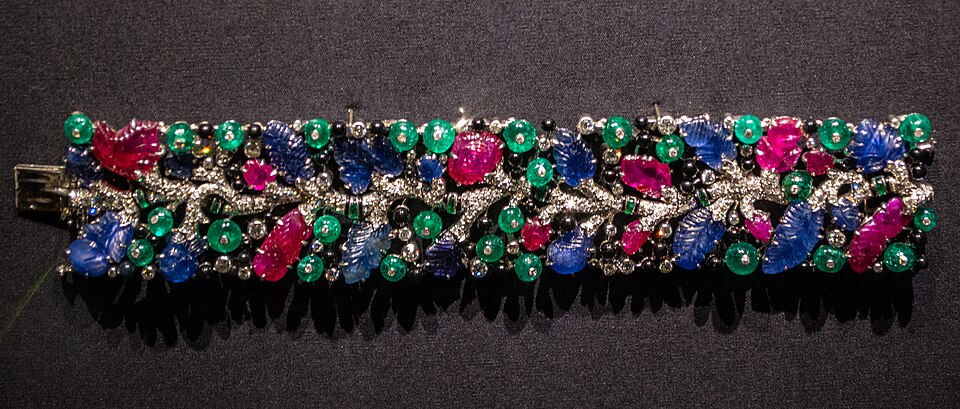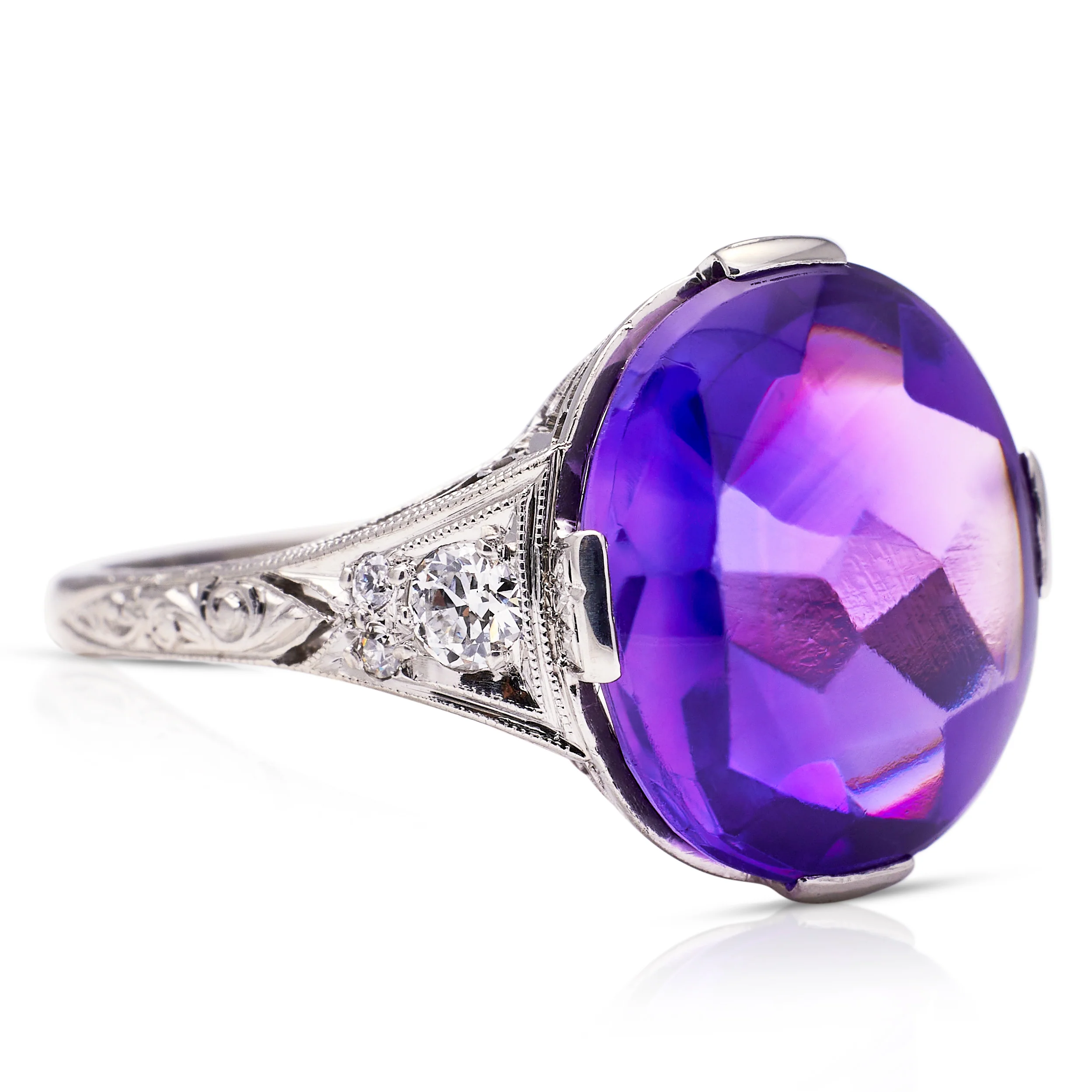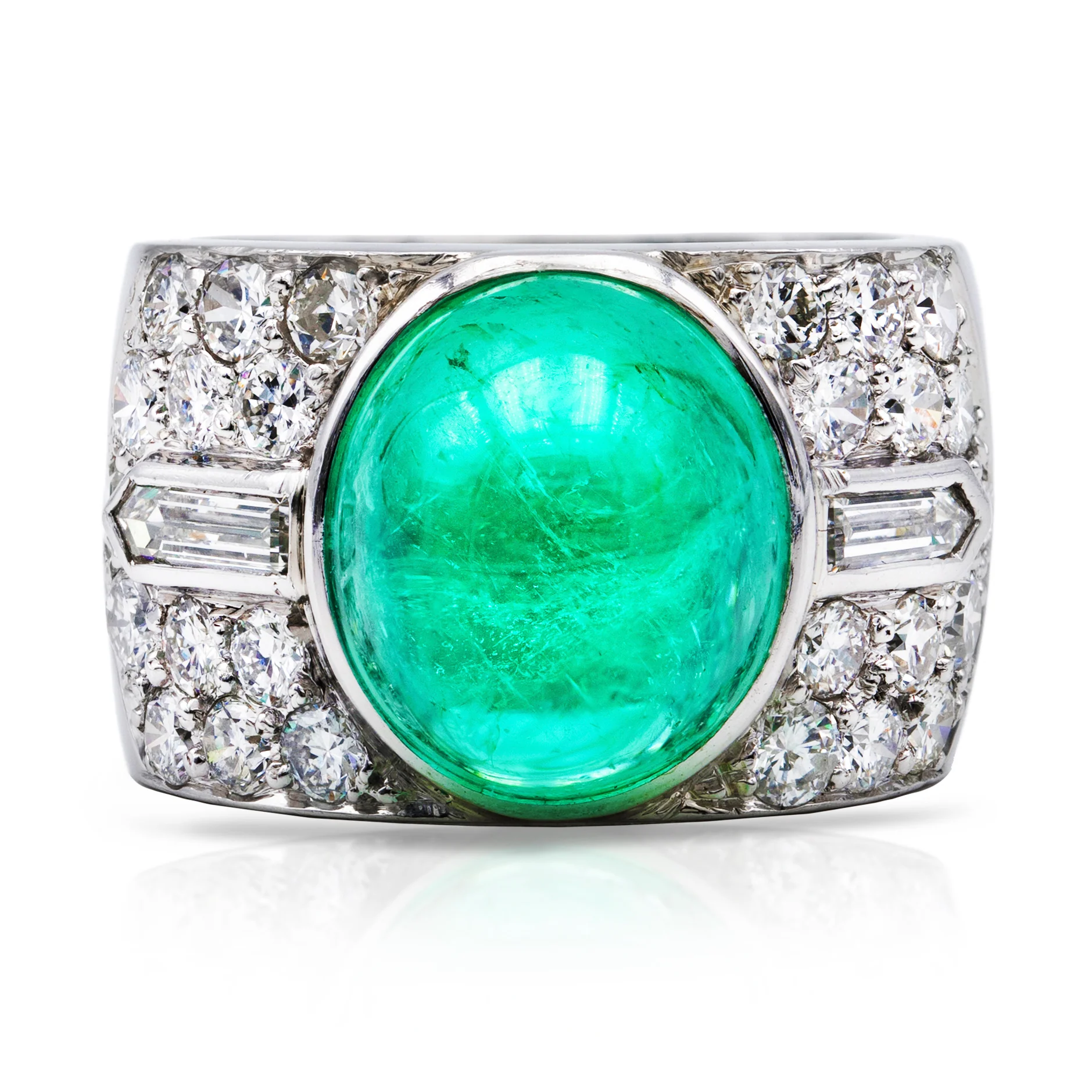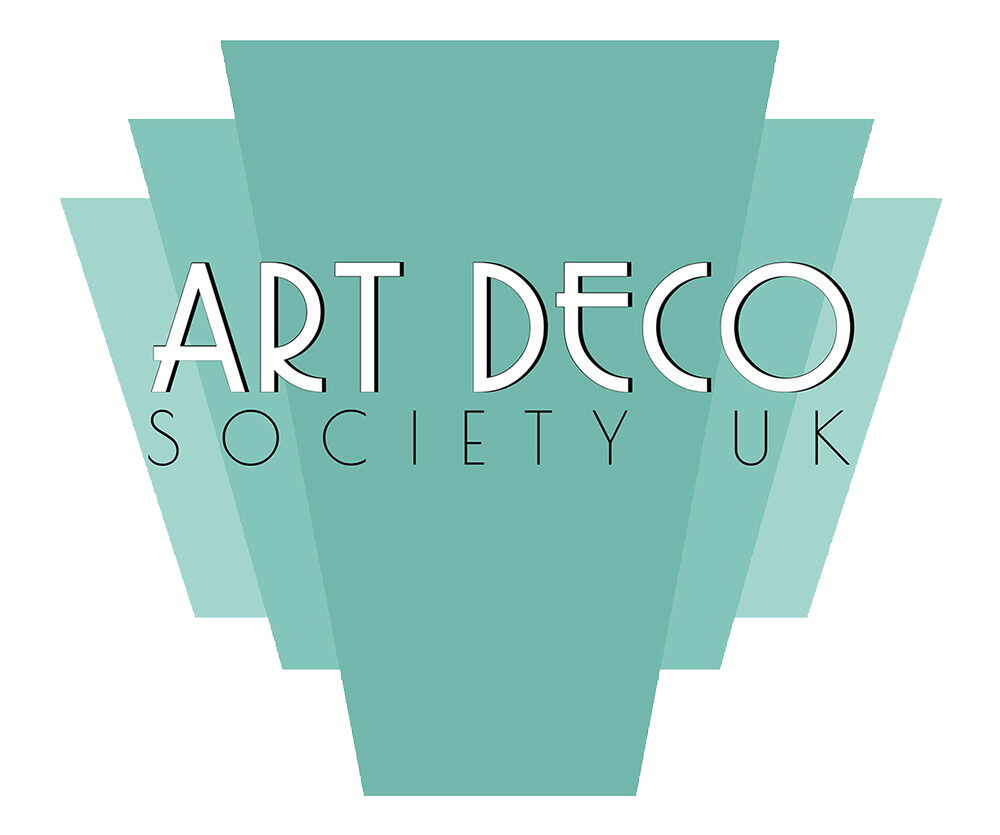It’s exactly 100 years since the French government kickstarted the Art Deco movement with its International Exhibition of Modern Decorative and Industrial Arts. The style even got its name from the French title: “arts décoratifs”.
Although the ideas at the Exhibition were breathtaking and innovative, many of the brands we now associate with Art Deco had their roots in previous centuries – their decision to pivot was as bold as the new designs themselves.
Edwardian jewellery in the UK, and that of the Belle Époque on the continent, had been characterised by delicate elegance and intricate filigree work with designs inspired by natural motifs. The social changes that followed World War I led to a desire for modernity and bold self-expression in fashion. Art Deco favoured clean lines, geometric forms and vivid colours. Its influences were Cubism, ancient Egyptian art and industrialisation, with striking new materials such as onyx, jade and coral.
The big three

Cartier was founded in Paris in 1847 and was pivotal in popularising Art Deco jewellery. Under the artistic direction of Louis Cartier in Paris and its creative head designer Charles Jacqueau, the house actually embraced the bold new aesthetic from the early 1910s. Cartier pioneered using rock crystal, onyx and coral alongside diamonds to create striking contrasts. Its famed “tutti frutti” style, which blended carved coloured stones in Indian-inspired designs, is considered one of the era’s most iconic looks.

Attribution: Tim Evanson from Cleveland Heights, Ohio, USA, CC BY-SA 2.0, via Wikimedia Commons
Van Cleef & Arpels was a new house – founded in Paris in 1906 11 years after the marriage of Estelle Arpels and Alfred Van Cleef. Their daughter, Renée Puissant, became the maison’s artistic director in 1926 aged 31 and played a significant role in shaping the visual language of luxury in the 1920s and 1930s. The house is renowned for inventing the Mystery Setting in 1933, a groundbreaking technique that mounts gemstones with no visible prongs or settings, creating a seamless, luminous surface.

Attribution: VanCleefarpels.com
Although French jewellery maisons led the Art Deco charge, it was Tiffany’s that helped drive it internationally. Tiffany & Co. was originally founded in 1837 in New York as a “stationery and fancy goods” store. It opened a Paris studio in 1910 and this early exposure to European modernism helped it interpret the evolving Art Deco aesthetic for American tastes. Its influence and success were helped by the wider influence of Art Deco on New York’s architecture. Platinum and diamonds were used to mimic the cool sheen and light-play of steel and glass skyscrapers rising up around Manhattan. Tiffany jewellery used step-cut stones and bezel settings, with repeating linear patterns, stylised sunbursts, and restrained motifs from ancient cultures.

Other important brands
Those three houses are perhaps the best known to the wider public these days. But other French jewellers were just as important.
Boucheron’s interpretation of the new style was less minimal than Cartier’s adding expressive, luxurious colour contrasts to the Deco visual language. Frédéric Boucheron founded the house in 1858 – it was bought by Gucci in 2000, which in turn is owned by Kering, owners of Yves Saint Laurent and Balenciaga.
Mauboussin, originally founded in 1827, adopted its current name under Georges Mauboussin, who took over management of the workshops in 1883 and renamed the house in 1922. The house won a Grand Prix at the 1925 exhibition, dementing its reputation with celebrities and royalty worldwide. It pushed creative boundaries via its themed gemstone exhibitions between 1928 and 1931, focusing on emeralds, rubies, and diamonds.
Other important brands include:
- Chaumet (founded 1780, Paris), one of France’s oldest jewellery houses
- Lalique (1888, Paris), famous for its transition from Art Nouveau to Art Deco
- Raymond Yard (1922, New York), a favourite among American high society.
- Trabert & Hoeffer (1926, New York/Paris), which went on to form an eponymous 17-year collaboration with Mauboussin in 1936, combining French design with American marketing strength.
- Wempe (1878, Hamburg) is better known for watches but embraced Art Deco aesthetics in its jewellery with a precise German take on the style.

These brands continued to make Art Deco pieces well into the 1930s and beyond – but World War II meant platinum, a staple of Art Deco design, was hard to come by and the war’s aftermath saw a return to softer, more traditional and romantic designs.. If you look at rings from the 1950s, however, you can still see the Art Deco influence in many of them.
Sam Mee is founder of https://www.antiqueringboutique.com/ which has a large collection of authentic Art Deco rings.
You can read more about Art Deco rings in this earlier article for the Art Deco Society and on his site
